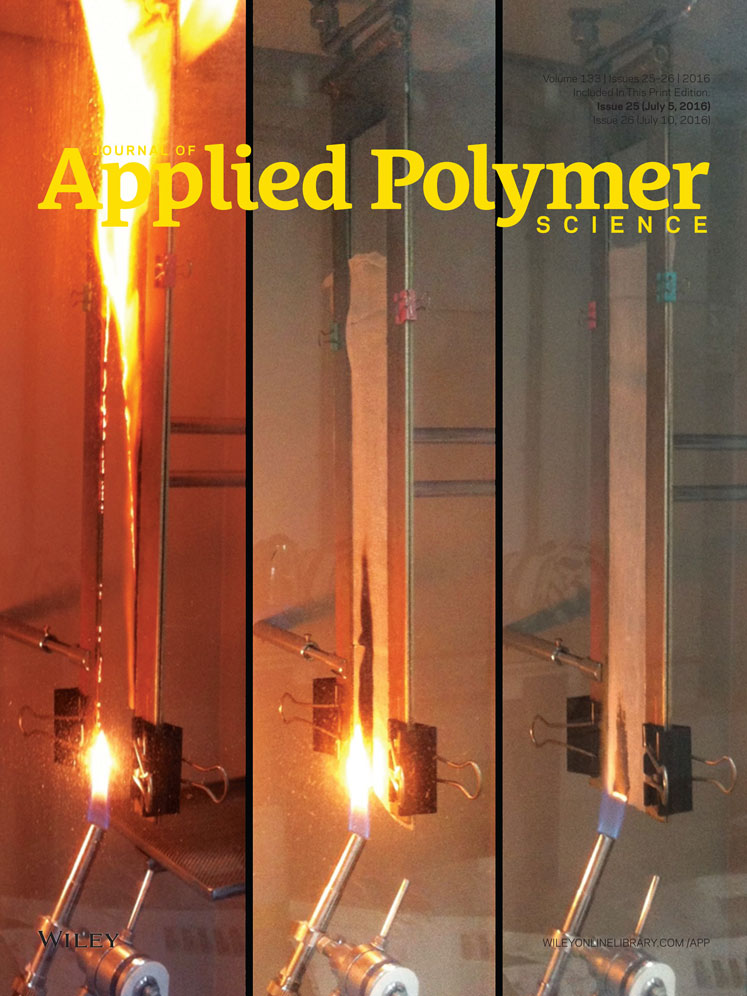Relationship between microstructure of lamellar graphene sheets and properties of polyimide/graphene nanocomposites film under different imidization stages
ABSTRACT
Herein, polyimide/graphene sheets (PI/GS) nanocomposite films with different GS distribution structures have been successfully obtained by controlling the imidization degrees, and the effect of the lamellar structure on the properties of PI film has been investigated. The results show that GS are gradually parallel to the surface of PI nanocomposite film with the increase of the imidization temperature, and 150 °C is the critical temperature, where the imidization rate is the fastest and the lamellar structure begins to form. Furthermore, with the drying temperature increasing, the corresponding thermal, electrical and mechanical properties of PI/GS nanocomposite films are significantly improved compared with that of pure PI films, which are ascribed to both the higher imidization degree and the lamellar GS structure. It is noteworthy that the formation process of the lamellar structure at different imidization stages can be directly observed by scanning electron microscope. Based on these results, a model has been proposed to explain the relationship between the lamellar structure and properties of PI composite film under different imidization stages, and the confinement of the thickness may be the most important factor for the formation of lamellar GS structure. © 2016 Wiley Periodicals, Inc. J. Appl. Polym. Sci. 2016, 133, 43575.




